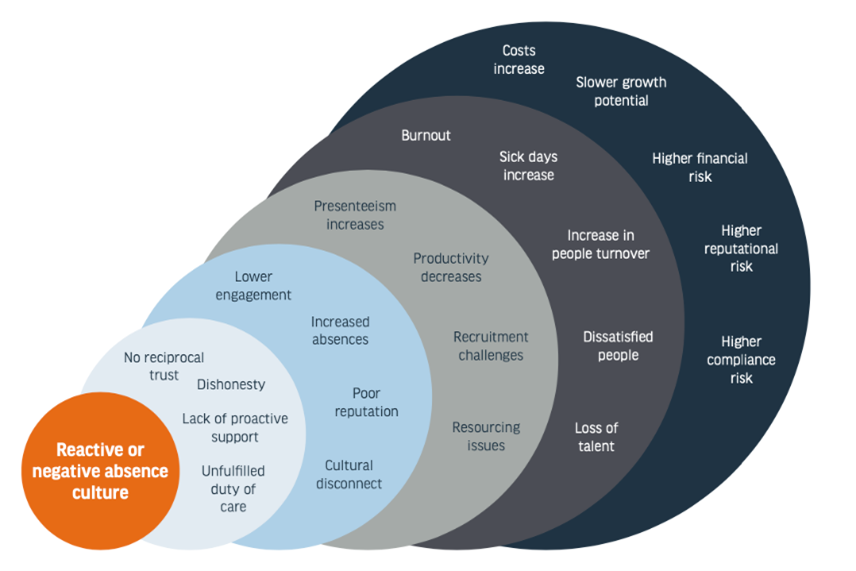
Report finds 55% businesses don't know the cost of absence
Absence management platform, e-days, has launched its Absence Risk Profiling Report informed by its work with 5,000+ businesses over the last 10 years. The comprehensive report summarises a decade of anonymised data collected on businesses that are looking to improve absence and compresses years of conversations, analysis, and market statistics into one report.
With 55% of businesses unaware of the cost of their absence, approximately a third (30-35%) have expressed frustration at the limitations of the spreadsheet but are without a clear understanding of how this can be achieved. An additional 29% of HR leaders don’t know what their current unplanned absence levels are and therefore simply don't see the payroll costs that are mounting up in their business.
The risk of poor absence management is very real for many businesses: overall, the average cost of absence in an organisation equates to 3% of payroll. With over 21,330,000 people in full time employment, and a median average salary of £31,461 in the UK according to the ONS, that would equate to an estimated £20bn per annum.
Negative Absence Ripple Effect
e-days’ decade of insights has revealed the risks of the negative ‘absence ripple effect’, a host of associated issues brought about as a result of a lack of visibility of staff leave. Data points demonstrate clearly that a reactive or negative absence culture manifests itself in absence and a lack of support around sickness absence, resulting in issues associated with employee engagement and wellbeing.

Nearly 50% of employees have reported to have felt burned out at some point at work, and are 63% more likely to take sick days. It is evident then, that a poor absence culture manifests in a disengaged workforce and increased levels of presenteeism. The report also reveals that 80% of UK employees have claimed to work when sick and 35 days are lost per worker each year due to presenteeism. With lost productivity costing the UK economy £73bn a year (Britain’s Healthiest Workplace) this has a significant financial impact.
Well managed absence can present a valuable opportunity for business growth. After making changes to its absence management systems, online retailer and e-days customer, ASOS has seen notably lower absence rates, an 85% reduction in sick pay and a lower negative impact on business performance. Over all, the organisation has also seen savings of 70 minutes of admin time per absence.
Increased Employee Churn

The report highlights how the absence ripple effect can reach outside of the walls of the organisation to potential applicants. 84% of HR leaders think sickness absence has a direct impact on employee engagement in their organisation. Additionally, 96% of companies believe employer brand and reputation can positively or negatively impact revenue, yet less than half (44%) monitor that impact (Career Arc).
When combining the fact that high absence levels are linked to disengagement and equally low absence levels are linked with presenteeism and burnout and that people facing burnout are 2.6 times as likely to be seeking a new role, this could prevent a serious issue for businesses with poorly managed absence policies.
A Decade of Learnings
Steve Arnold, Co-founder of e-days, commented: “Over the past decade, we’ve gained a unique view into absence management. Working with 5,000+ businesses has provided valuable insights into how to avoid the absence hazards that so many HR departments still have to tackle on a day-to-day basis. If you want to avoid the wide-ranging effects of the negative absence ripple, absence has to matter. This report proves why absence management belongs at the heart of your business strategy.”
e-days has compiled this report to offer practical recommendations for organisations to reduce their absence risk exposure and ultimately support its business goals. It paints a detailed picture of positive absence management to help business growth and aid recovery.


